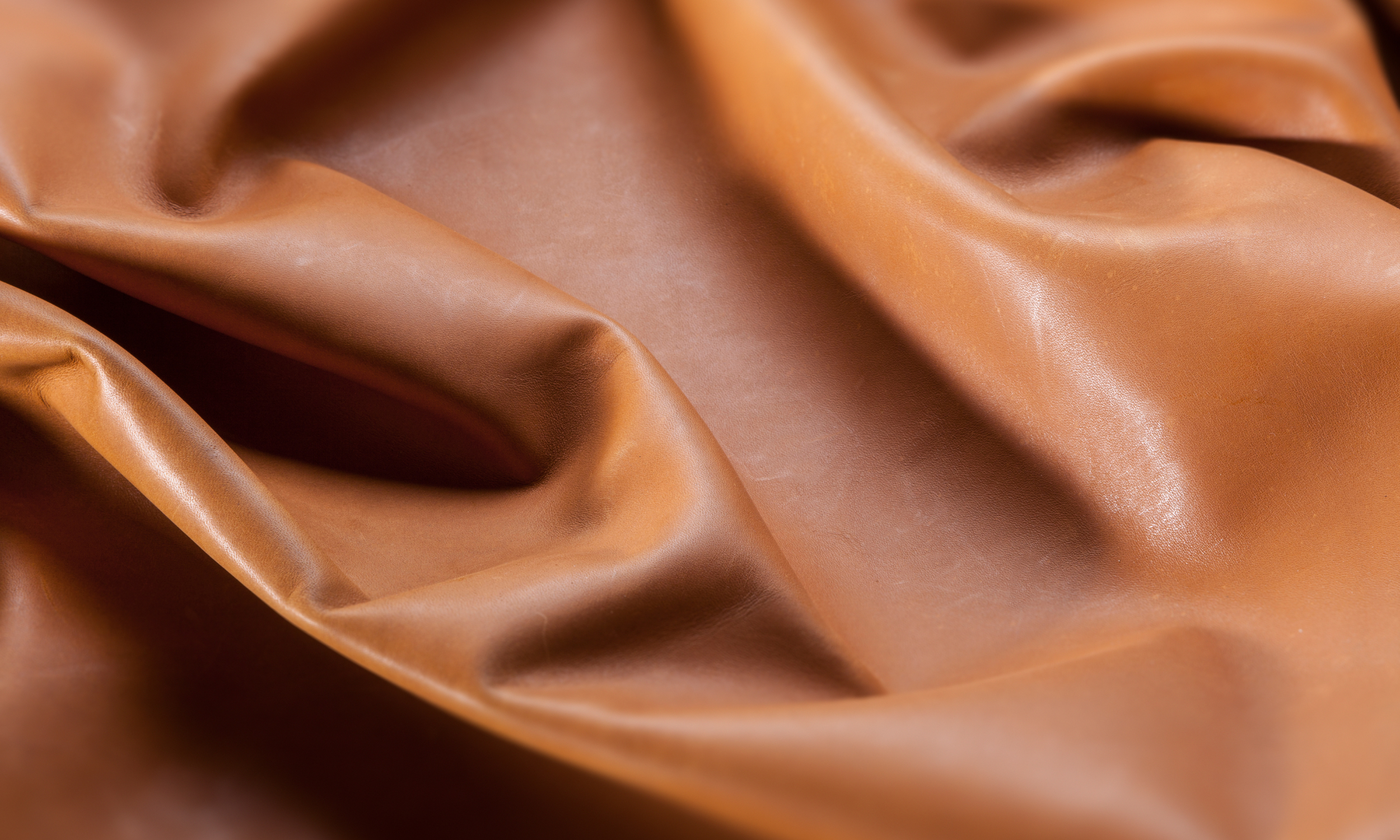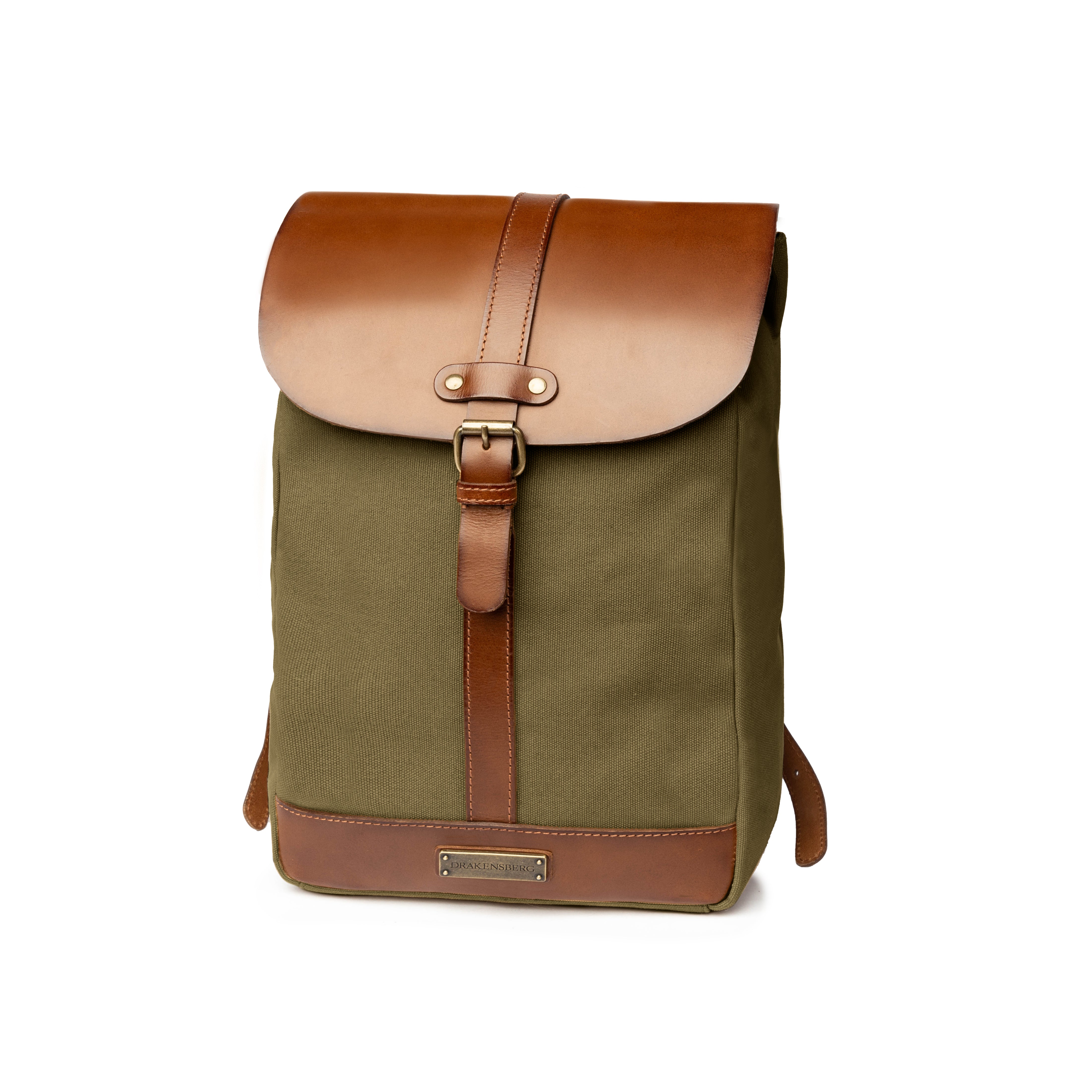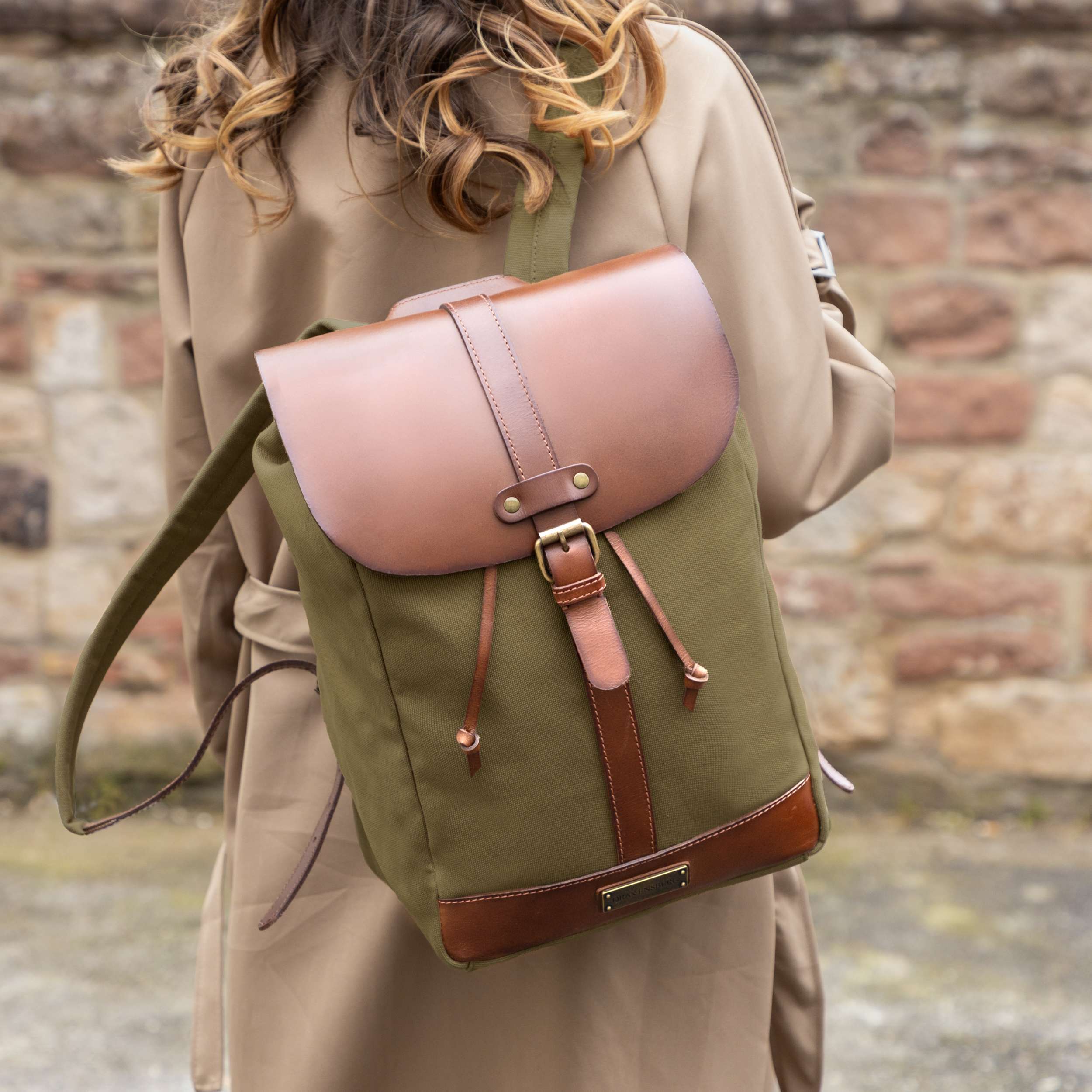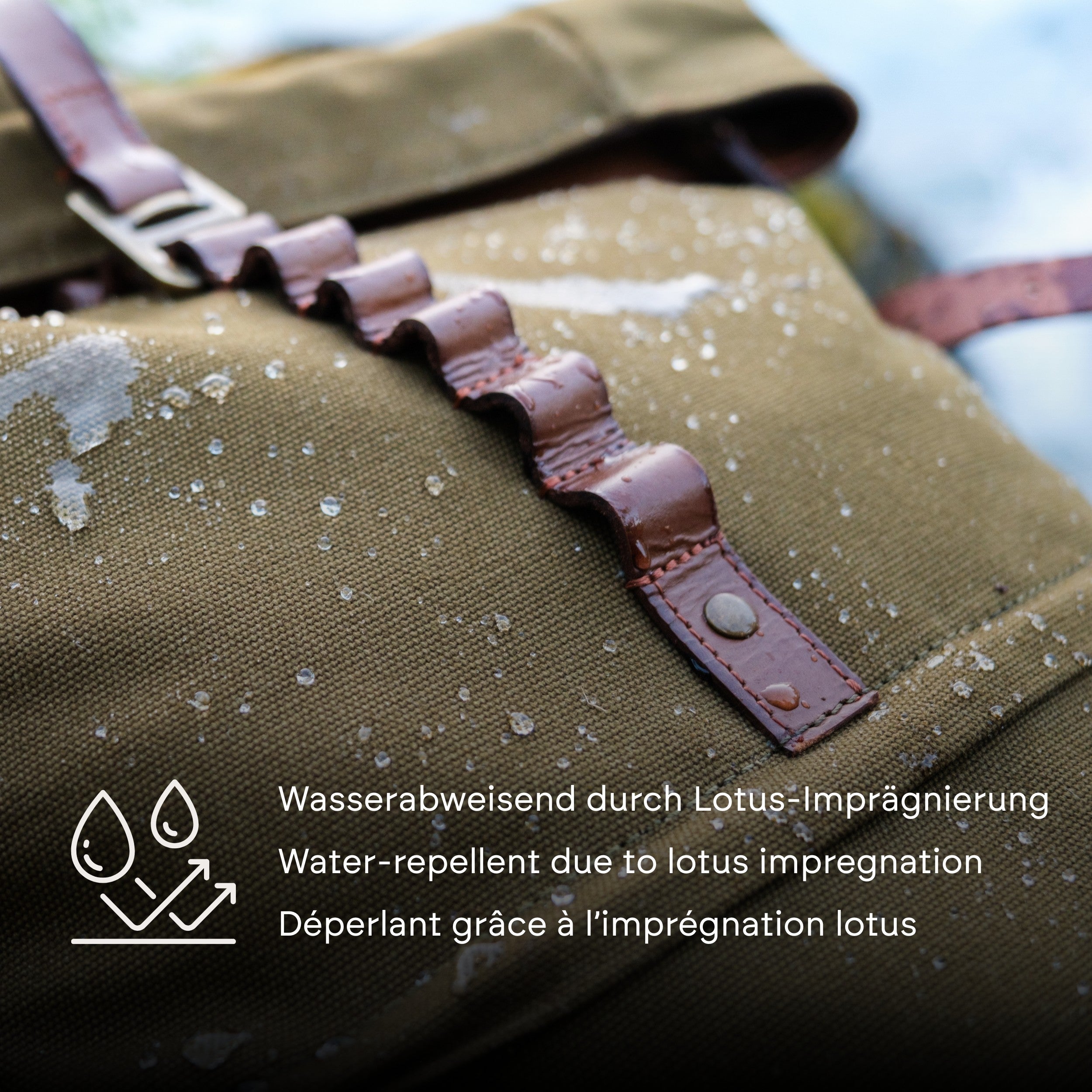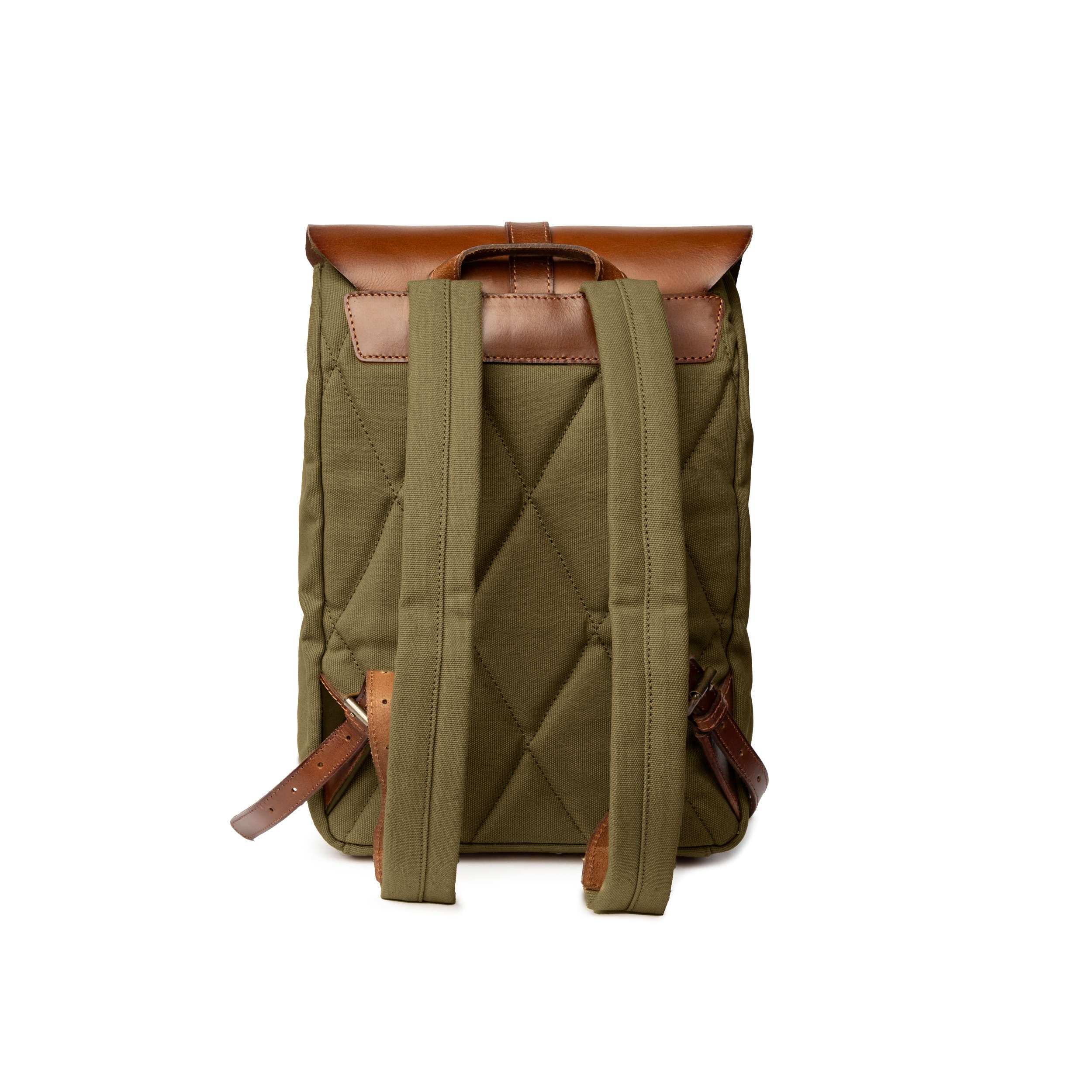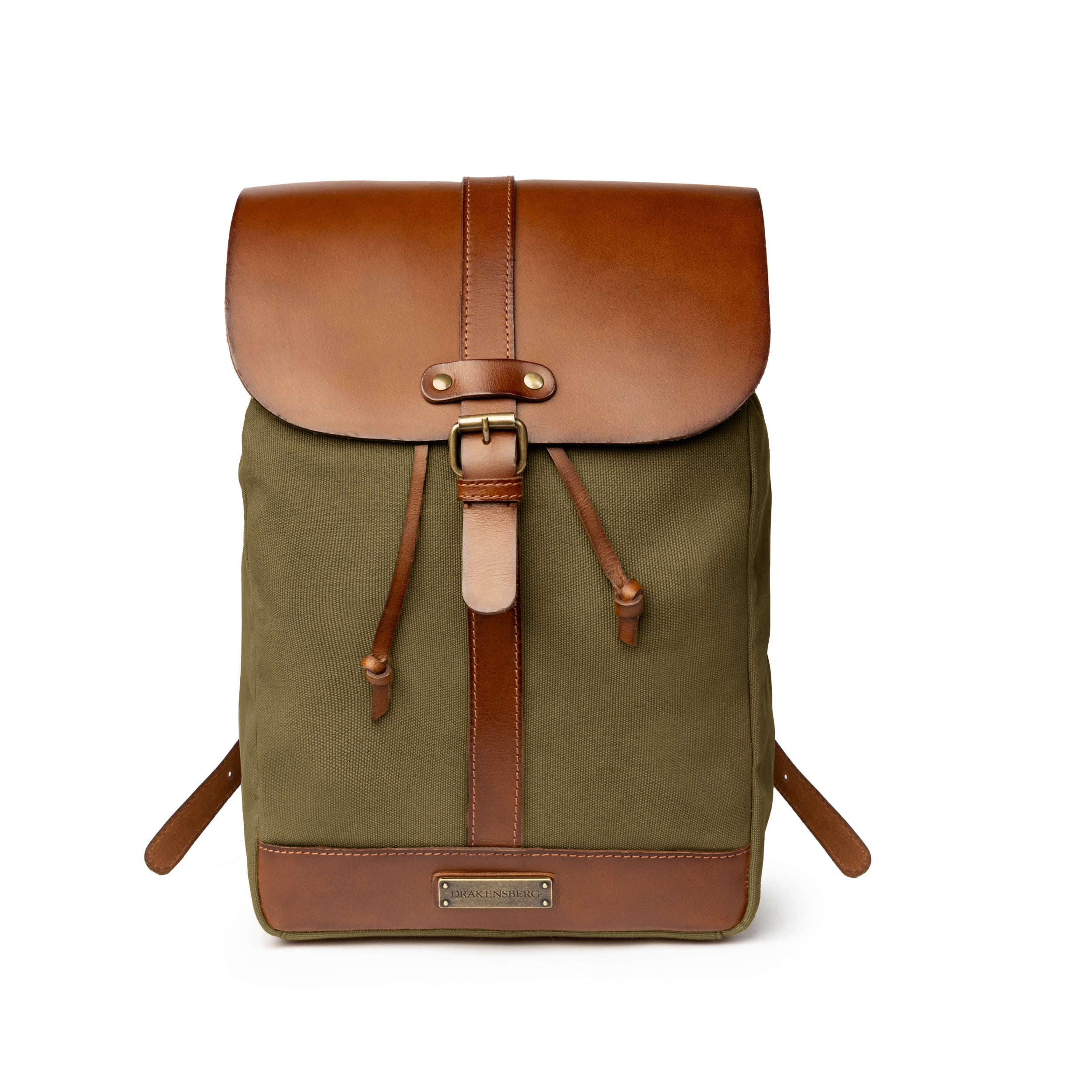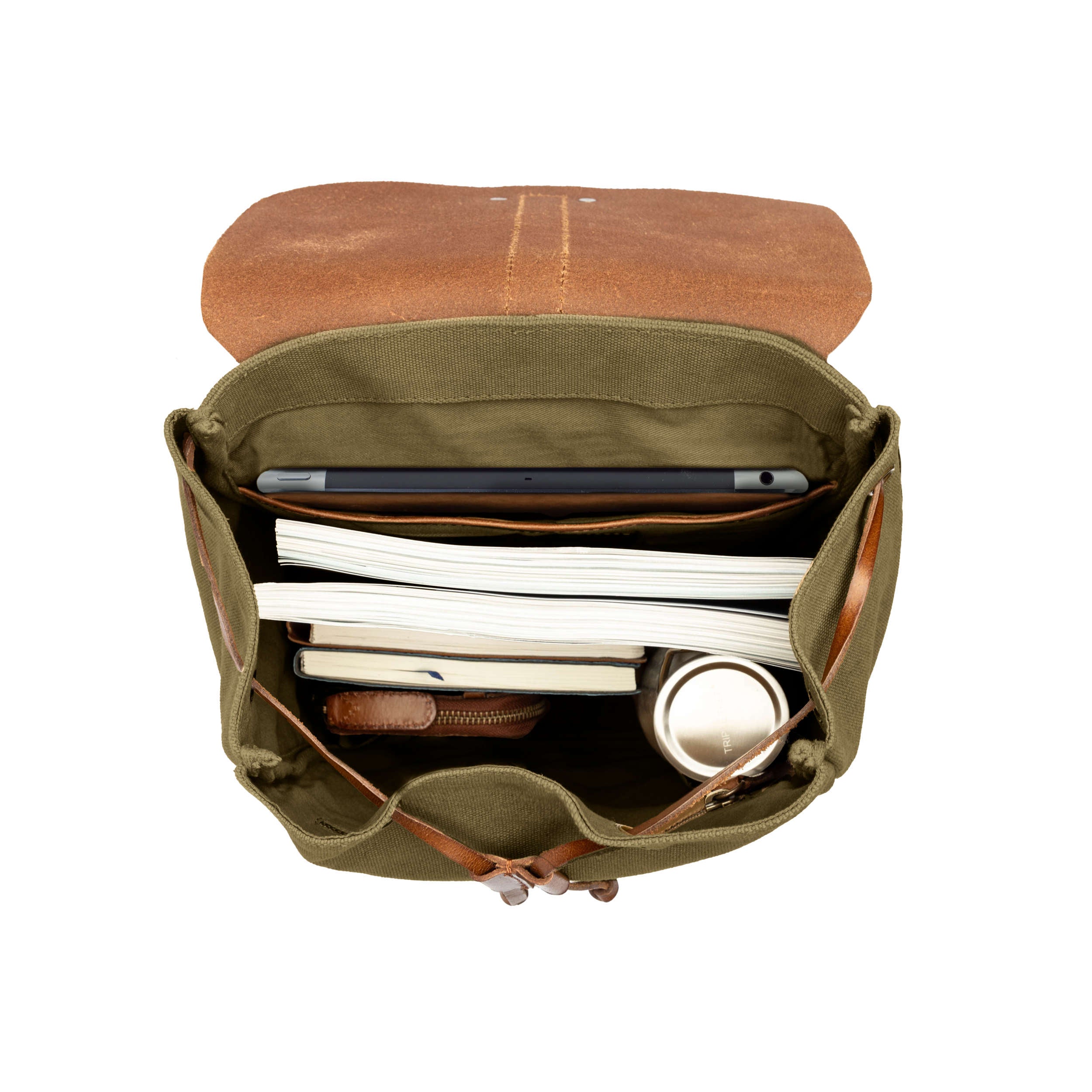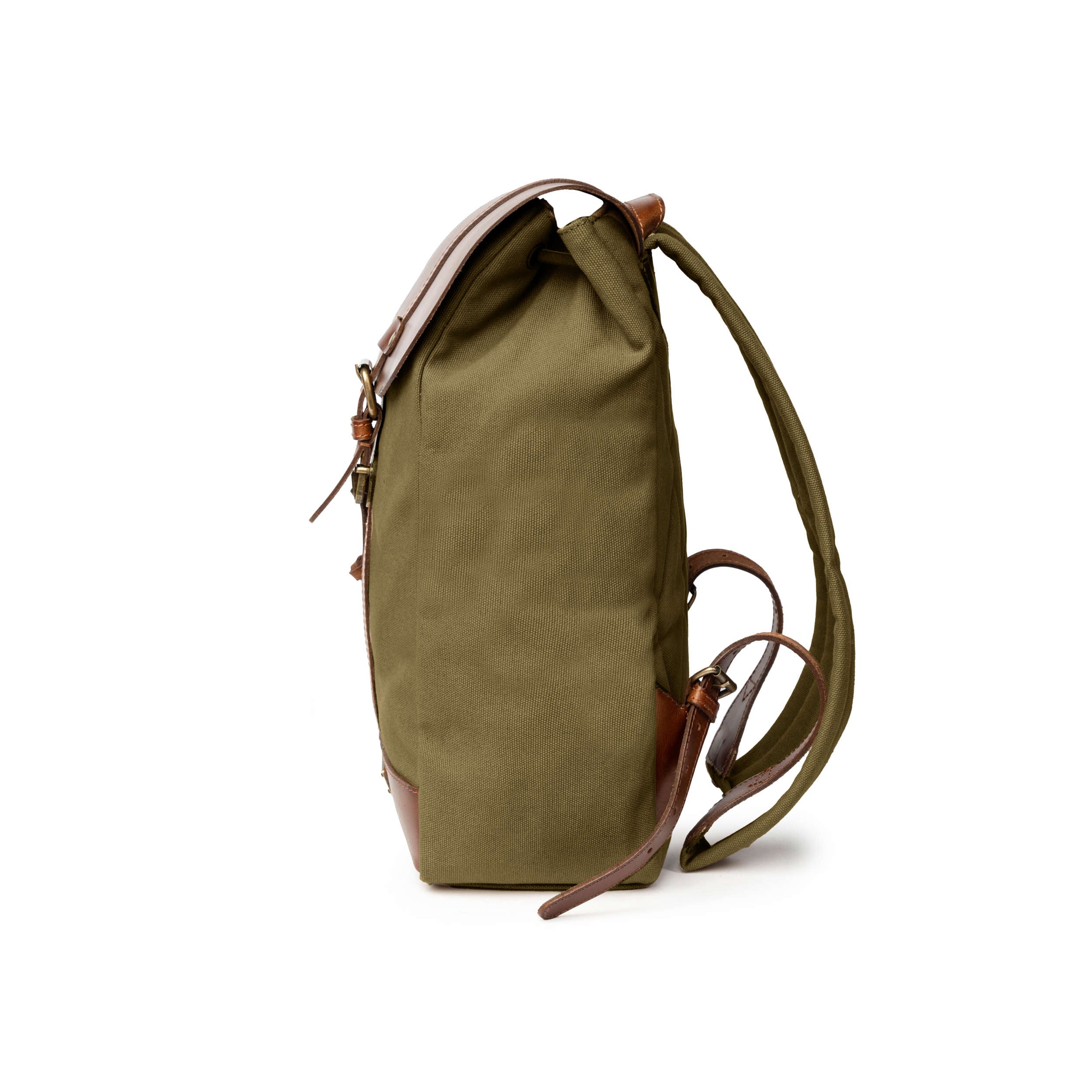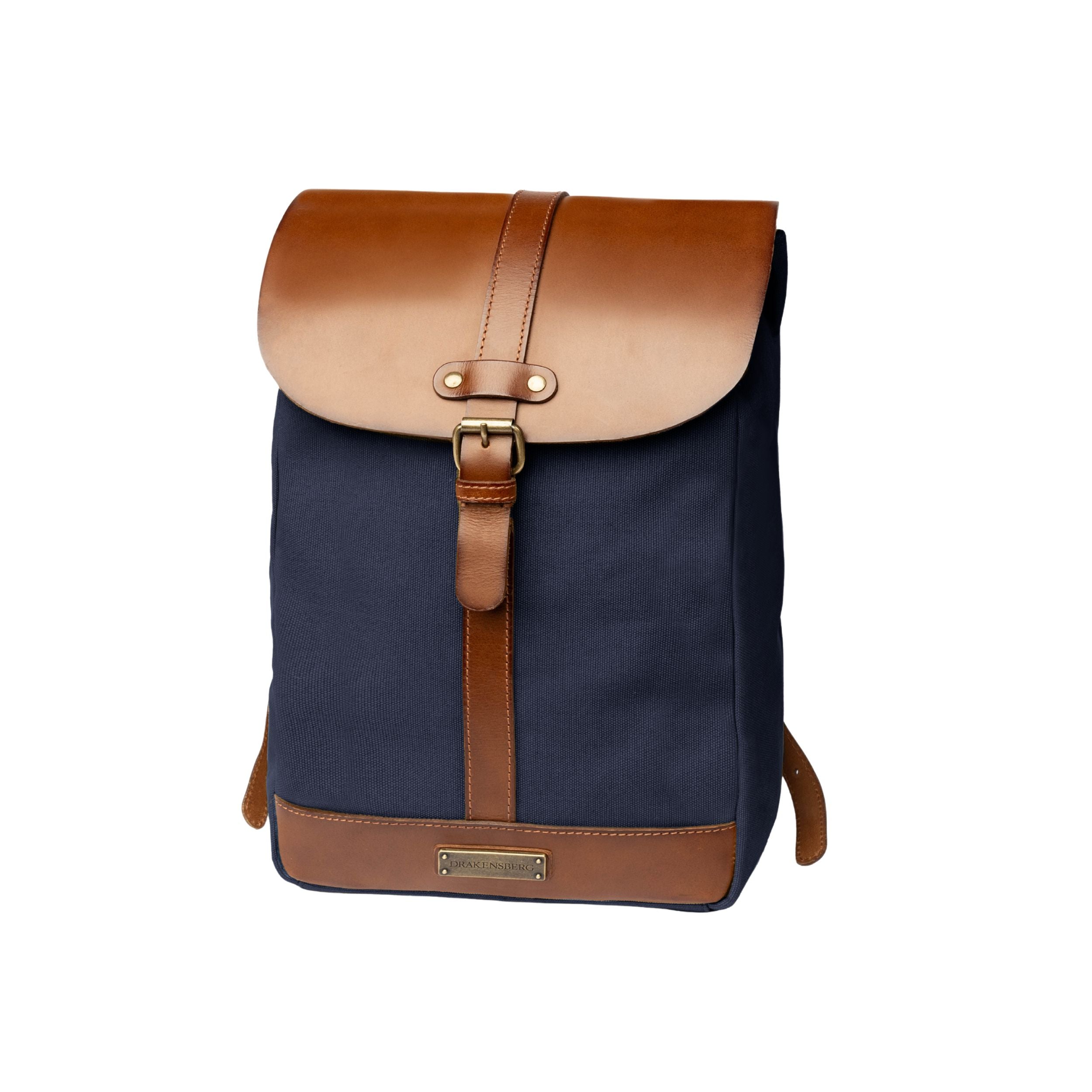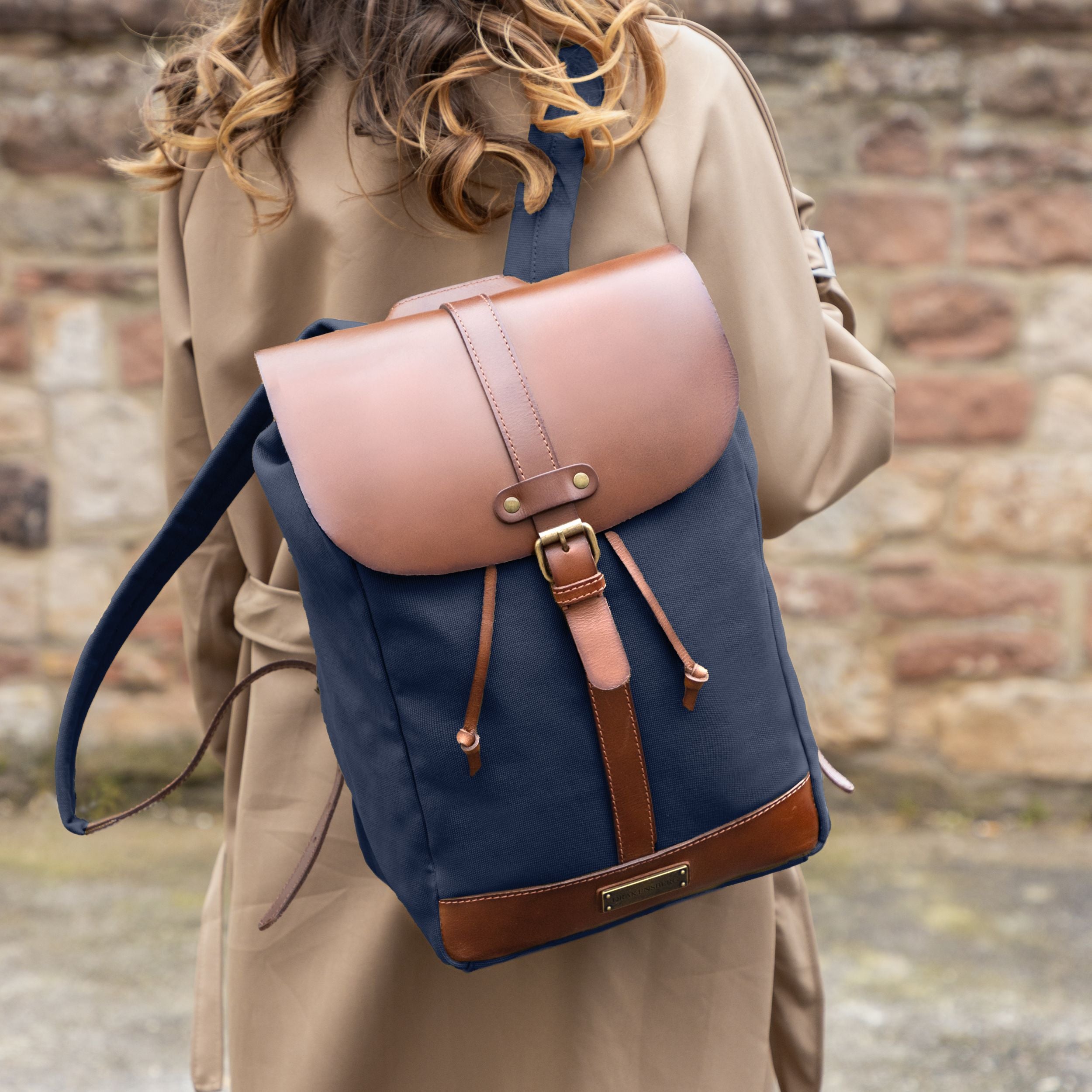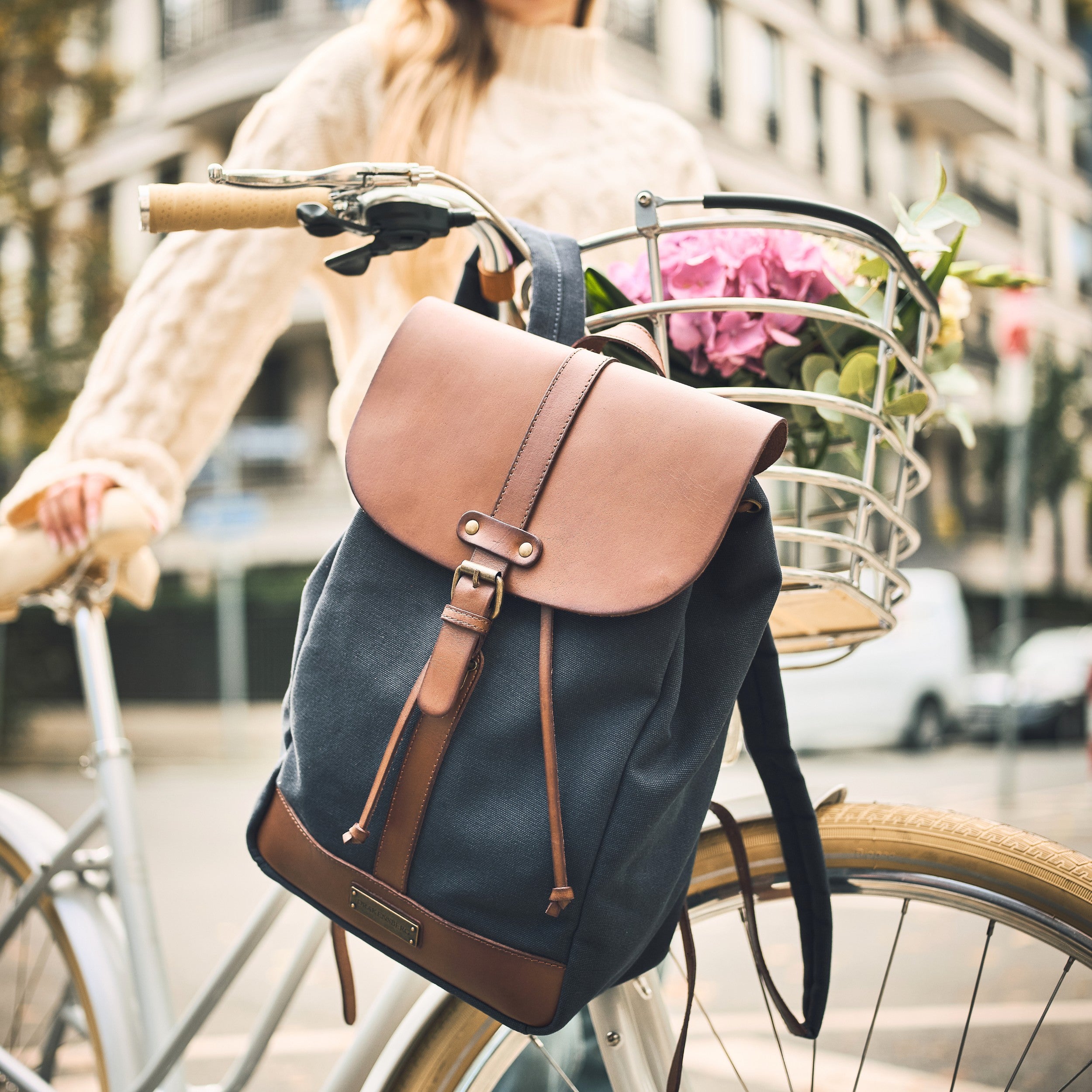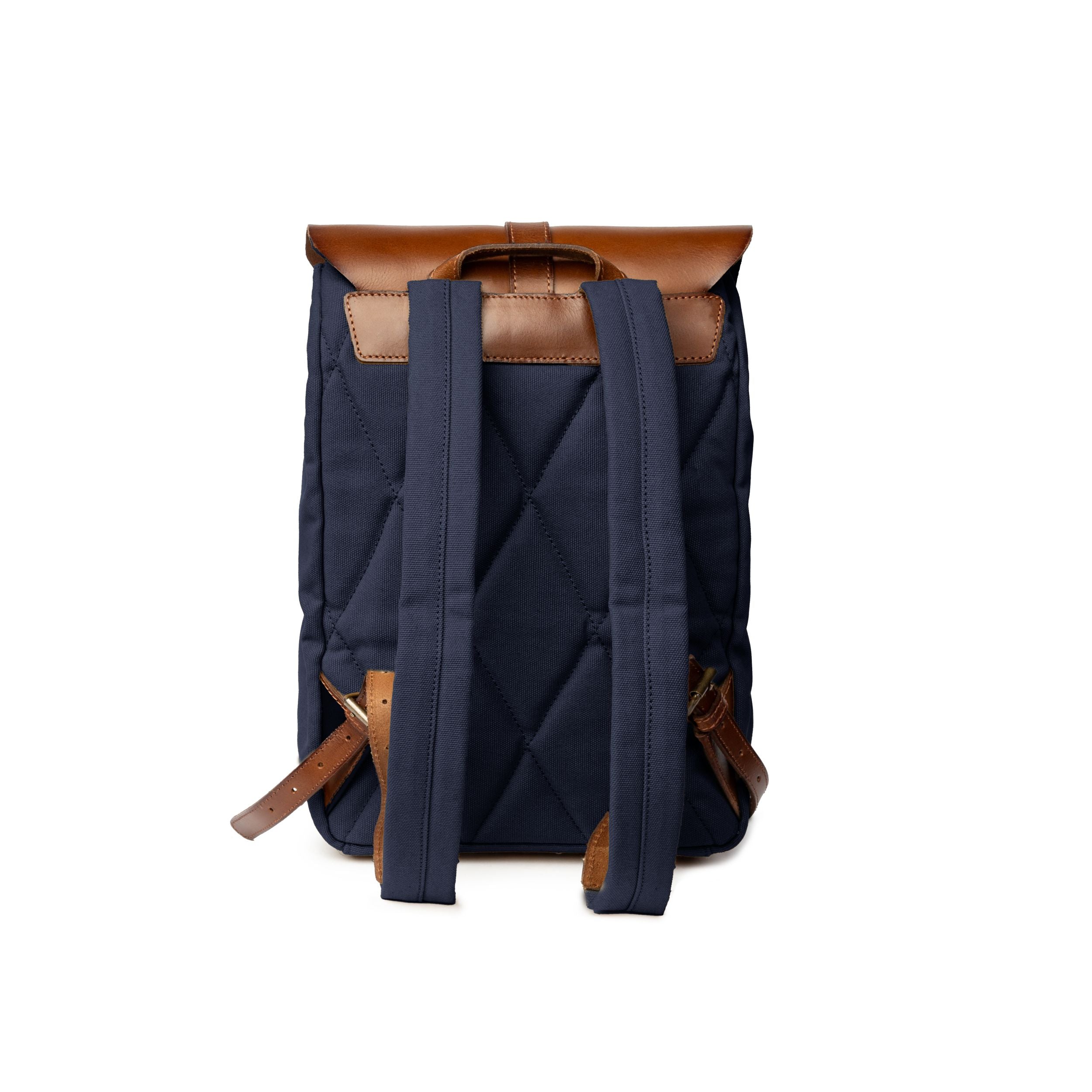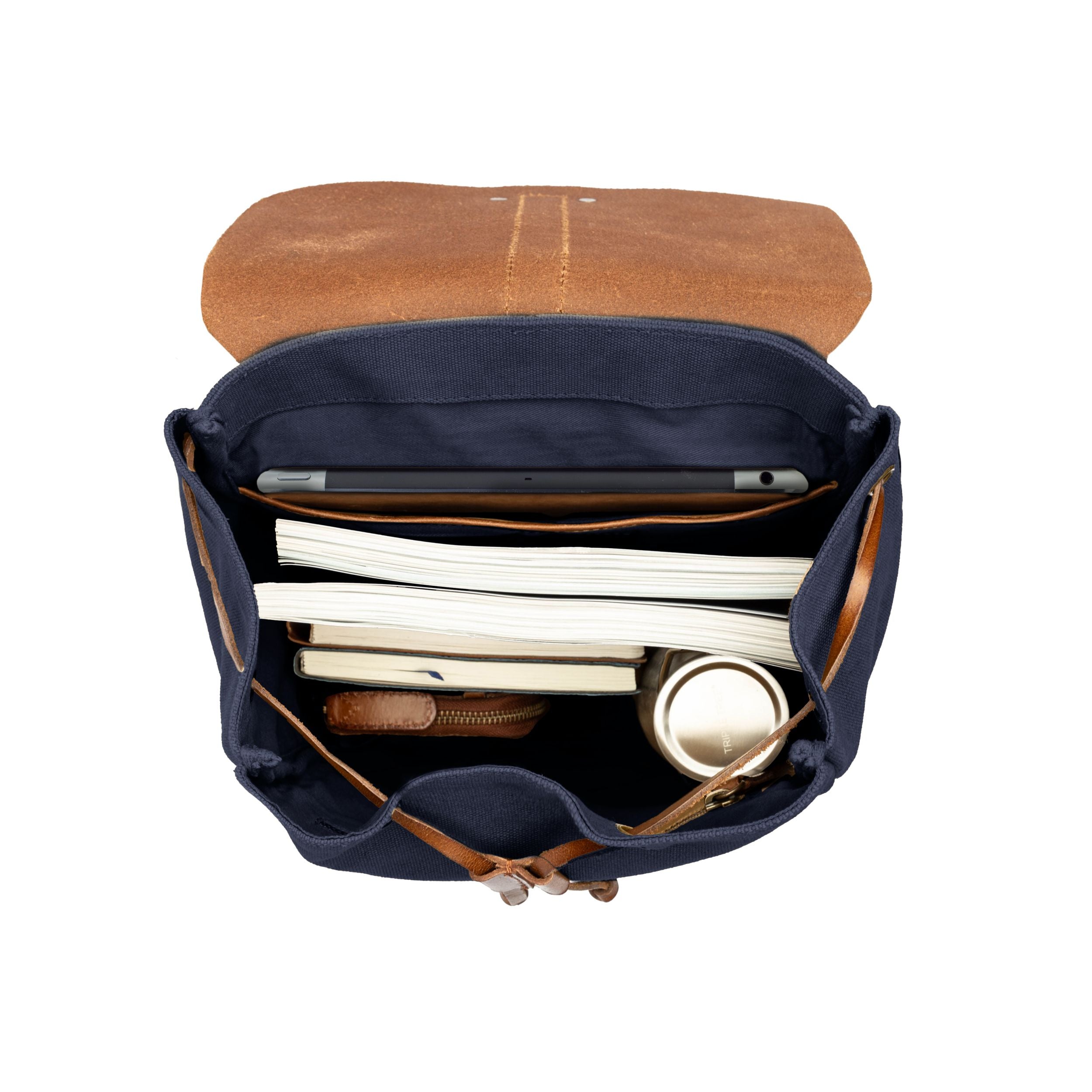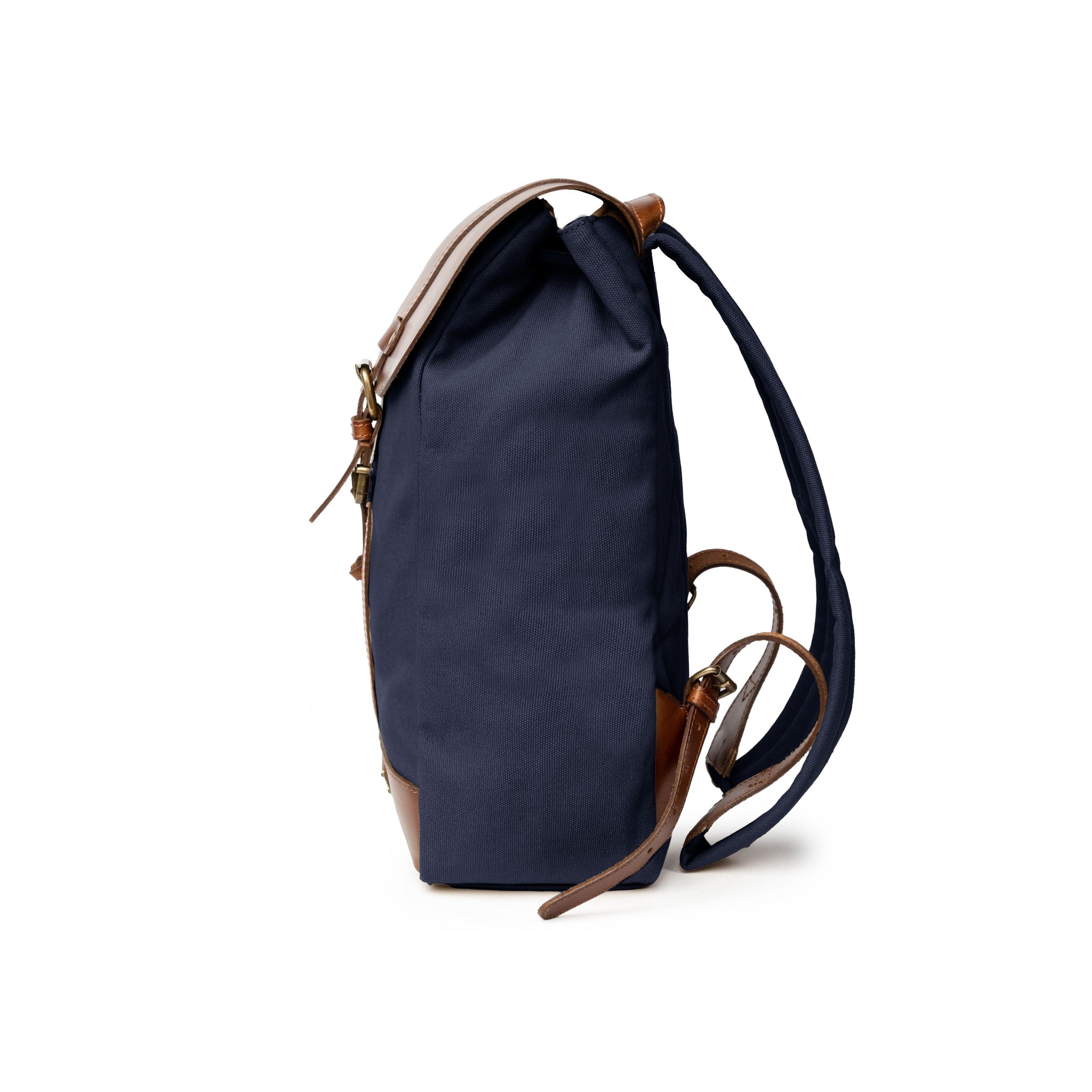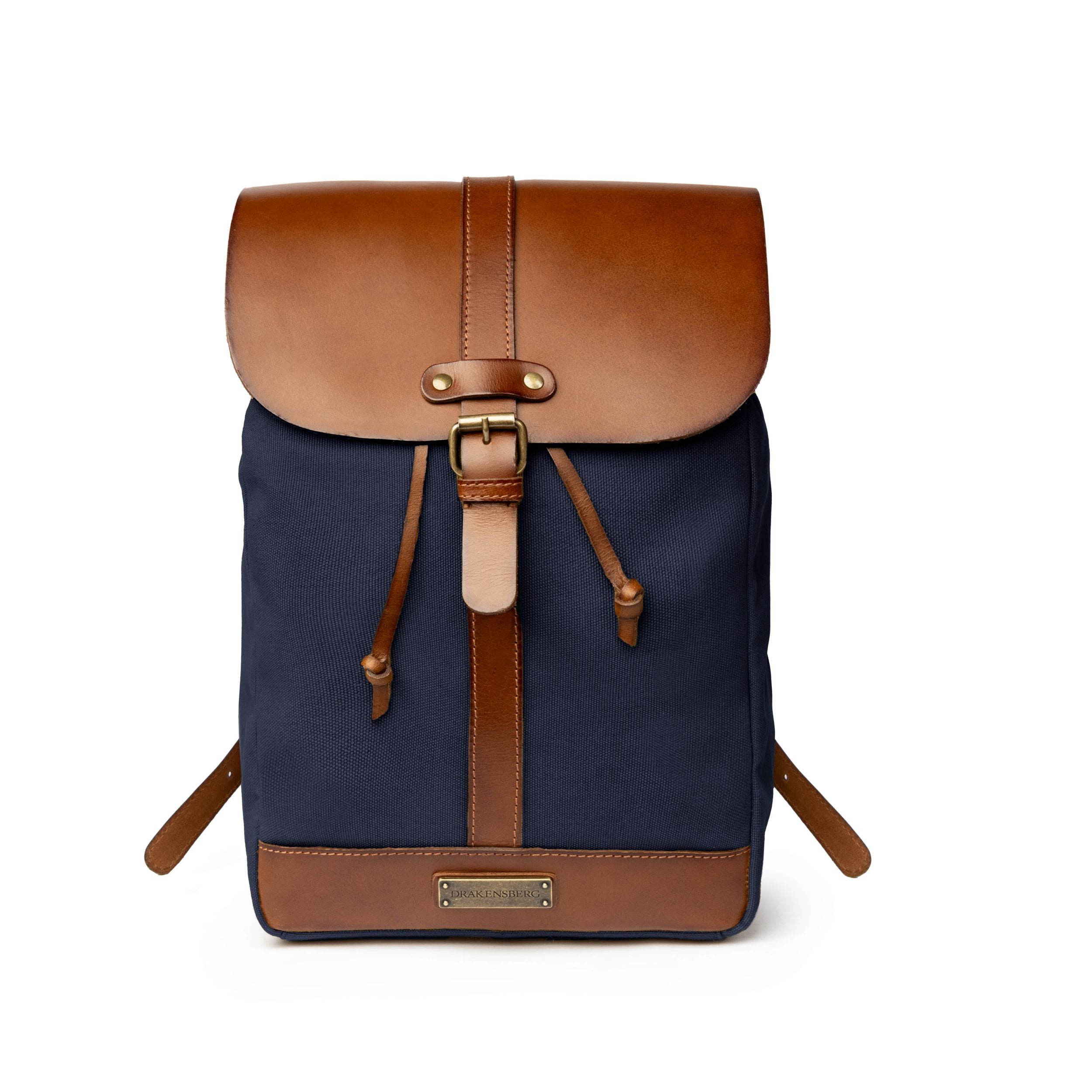The modern fairy tale of "vegan leather"
What really lies behind terms like “vegan leather” & plant leather
A bag often accompanies you for years – in everyday life, while traveling, or at work. But while you pay attention to functionality and design, the materials often remain a black box. Terms like " vegan leather ," " recycled plastic ," or " plant-based leather " sound environmentally friendly and modern – but are often misleading. The reason: a lack of clear definitions and legally binding standards. What remains is a gray area where marketing often prevails over honesty about the materials.
First: A respectful look at alternatives
We understand and respect the reservations about animal products. Those seeking alternatives for ethical or personal reasons deserve transparency and information. But when it comes solely to sustainability and environmental protection, it's worth taking a closer look – because many substitute materials don't deliver on their promises.
1. Vegan leather: A term without substance
There is no such thing as "vegan leather" – because it is neither vegan nor leather. In fact, it is imitation leather made of plastics such as polyurethane (PU) or PVC, laminated to textile substrates. The term "leather" refers exclusively to the external appearance – not to the material's properties – and is not legally protected.
The term "vegan" is often misused in this context. It originally comes from nutritional science and refers to products that are entirely plant-based and contain no animal ingredients. However, many so-called "vegan leathers" consist primarily of synthetic petroleum-based materials—they are neither naturally derived nor sustainable nor biodegradable.
As vegan diets have gained popularity, many companies are using the "vegan" label to position their products as animal-free or environmentally friendly. However, if a product isn't made entirely from plant-based or naturally occurring ingredients, this label is misleading—and likely also legally problematic.
2. Recycled plastic: Environmentally friendly only at first glance
Recycled plastic sounds sensible – but here too, it’s worth taking a second look:
-
Many products contain only a small proportion of recycled material
-
There is often no information on which type of recycling (post-consumer vs. post-industrial) was actually used
-
Mechanical recycling often reduces durability
And: Even recycled plastic remains plastic – difficult to degrade and often a source of microplastics. Studies show that it can take several hundred years for conventional plastic to fully decompose. During this time, it enters our soils, rivers, and oceans as fine abrasion – and ultimately, our bodies. Microplastics have already been detected in drinking water, human blood, and even the placenta. This poses a growing risk to the environment and health.

3. Vegetable leather: Natural? Only to a limited extent.
Plant-based materials such as pineapple leather, cactus leather, mushroom leather or apple leather are celebrating success in media reports – but the reality is often sobering:
-
The plant content is usually only between 15 and 30%
-
For appearance, feel and durability, a coating with plastic (usually PU) is essential
-
The materials are not compostable – and less recyclable than pure plastic
4. Substitute materials: Between hope and deception
Many supposedly sustainable alternatives are actually made of composite materials made from plant-based components and plastic – they are neither fully biodegradable nor particularly durable.
One example is cork , which is often advertised as a natural material, but is usually laminated to a plastic backing in bags. What's the point of using a natural material if the end product is difficult to recycle?
The lack of legal standards and labeling requirements makes it difficult for consumers to make informed decisions – even with the best intentions for sustainability. Ultimately, this amounts to nothing more than greenwashing.

5. Our attitude: Natural materials instead of compromises
At DRAKENSBERG we rely heavily on natural materials and transparency :
-
Vegetable tanned leather : durable, robust, certified and biodegradable
-
Pure cotton : Natural and AZO-dye-free, water-repellent through impregnation or wax
-
No microplastics due to abrasion in cotton and leather, as these upper materials are completely plastic-free
-
Plastics only where unavoidable – e.g., in highly stressed seams with nylon threads, back padding or interior padding
We consciously avoid misleading material names and instead focus on honest substance. Our products are designed to last for many years – while being as resource-efficient as possible.
For us, sustainability doesn’t end with the product.
Not everything that sounds green is actually sustainable. Terms like "vegan leather" or "recycled" are poorly defined legally and are prone to misuse. Those seeking genuine environmental sustainability, durability, and honesty in materials should look beyond the buzzwords – and choose natural materials that have proven themselves for centuries. We are continuously improving our environmental footprint . Not to sell more bags, but because we see it as our responsibility – and because it's economically viable.
Equally important to us is fair treatment of suppliers and employees . Satisfied people create products with soul. We also donate a portion of our profits to charity every year – but we donate this until after the Christmas season. Because our products should impress, not our actions.
We consciously distance ourselves from the concepts of many self-proclaimed social entrepreneurs who use their commitment as a sales pitch. Our motto is: If you want to do good, do it – no one has to buy a bag for it. Responsibility doesn't require PR campaigns or the "non-profit" label, which rarely deserves the name.
What drives us:
We see our commitment as a matter of course and part of our identity. We neither exploit our environmental and social standards for advertising nor artificially exaggerate them. Sustainability is part of our product design – not our marketing. Natural materials give our bags a special feel and vibrancy. Inspired by the style icons of the past 200 years, they embody authenticity and credibility. This creates long-lasting companions that become even more beautiful over time.
Slow fashion instead of fairy tales.


